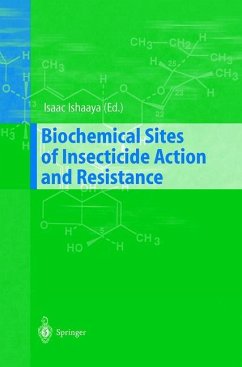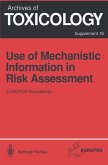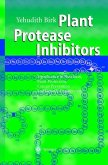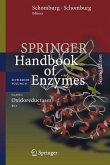In recent years many of the conventional methods of insect control by broad spectrum synthetic chemicals have come under scrutiny because of their unde sirable effects on human health and the environment. In addition, some classes of pesticide chemistry, which generated resistance problems and severely affected the environment, are no longer used. It is against this background that the authors of this book present up-to-date findings-relating to biochemical sites that can serve as targets for developing insecticides with selective prop erties, and as the basis for the elucidation of resistance mechanisms and countermeasures. The book consists of eight chapters relating to biochemical targets for insec ticide action and seven chapters relating to biochemical modes of resistance and countermeasures. The authors of the chapters are world leaders in pesti cide chemistry, biochemical modes of action and mechanisms of resistance. Biochemical sites such as chitin formation, juvenile hormone and ecdysone receptors, acetylcholine and GABA receptors, ion channels, and neuropeptides are potential targets for insecticide action. The progress made in recent years in molecular biology (presented in depth in this volume) has led to the iden tification of genes that confer mechanisms of resistance, such as increased detoxification, decreased penetration and insensitive target sites. A combina tion of factors can lead to potentiation of the resistance level. Classifications of these mechanisms are termed gene amplification, changes in structural genes, and modification of gene expression.








